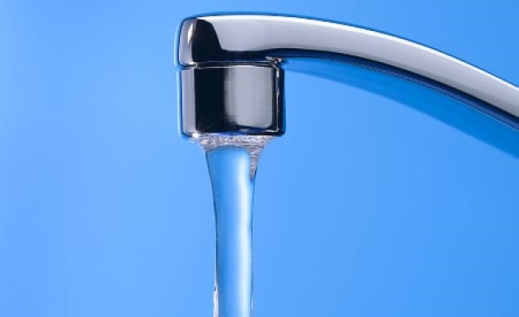USGS Studies Reveal Why Drinking Water Wells are Vulnerable to Contamination

All water wells are not created equal. And not all aquifers are the same.
The risk factor for contamination in water wells is quite variable, as a new USGS study reveals.
Water from nearly one in five public-supply wells in the United States might need to be treated or blended with more dilute water sources to decrease concentrations of drinking-water contaminants before delivery to the public.
Of particular concern is recent evidence that existing water-treatment systems do not effectively remove some contaminants now being found in groundwater. Even when effective water-treatment technologies exist, it is especially difficult for small system operators to implement such technologies because their small customer base might not be able to cover the costs.
The role that water resource development (drilling and pumping of new wells) and well operation play in public-supply-well water quality also has been unclear.
Study-team scientists found that to understand the quality of water pumped from individual public-supply wells one needs to understand the sources of recharge, the geochemical conditions and the groundwater-age mixture of different waters that blend (or mix) in a well.
For the full report, go to: http://pubs.usgs.gov/circ/1385/
Arizona Requires Contractors to Address Future Water Supplies

Building a subdivision can be tough in an area that has limited groundwater supplies. Just ask any contractor in Phoenix. They have to assure a 100 year water supply to the homeowner.
Going beyond the basic coliform test, the Arizona Department of Water Resources (ADWR) Assured and Adequate Water Supply Programs were created to address the problem of limited groundwater supplies in Arizona. The Adequate Water Supply Program acts as a consumer advisory program, ensuring that potential real estate buyers are informed about any water supply limitations. Under the continuous water availability criteria, water providers or developers must demonstrate that the water supply is uninterruptible for the 100-year period, or that sufficient backup supplies exist for any anticipated shortages. For groundwater, a study must consider demands of area users for a 100-year period, and projected water levels may not exceed depth limitations specified in the rules. These stringent requirements have been in response to the ongoing drought in the state.
Other states are not so stringent. In Oklahoma, domestic wells are essentially unregulated. The Oklahoma Water Resources Board (OWRB) must view applications to determine if nondomestic wells have a beneficial use, as well as ensure that waste by pollution or waste by depletion will not occur. In addition, the groundwater withdrawal must not violate Oklahoma Water Quality Standards, or take more fresh groundwater than is authorized by the permit. The Board may also impose additional conditions on the groundwater applicant.
To arrive at the amount specified in an Oklahoma groundwater permit the OWRB conducts maximum annual yield (MAY) studies to determine amounts of water that may be withdrawn from Oklahoma’s groundwater basins by permitted water users. The resulting figure is considered to be the amount of water that can be safely withdrawn from an aquifer to ensure a minimum basin life of 20 years. The MAY study for the Central Oklahoma aquifer system is to be completed in 2013.
